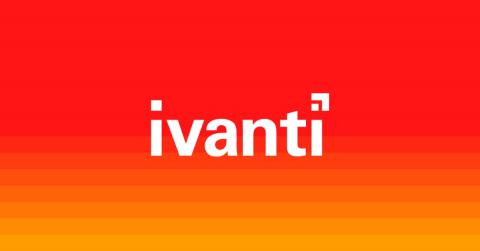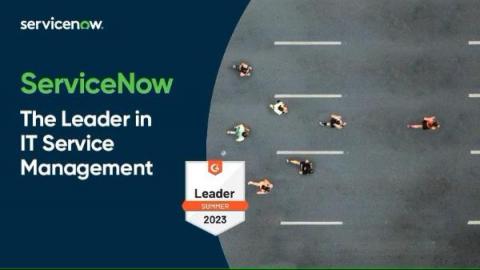How Consolidating Your Tech Stack Drives DEX Outcomes
Every month, it seems that a new “must use” tool hits the market. What ends up happening is IT teams are gifted a hodge-podge of tools — snowballing into unnecessary frustration and increased workloads.








